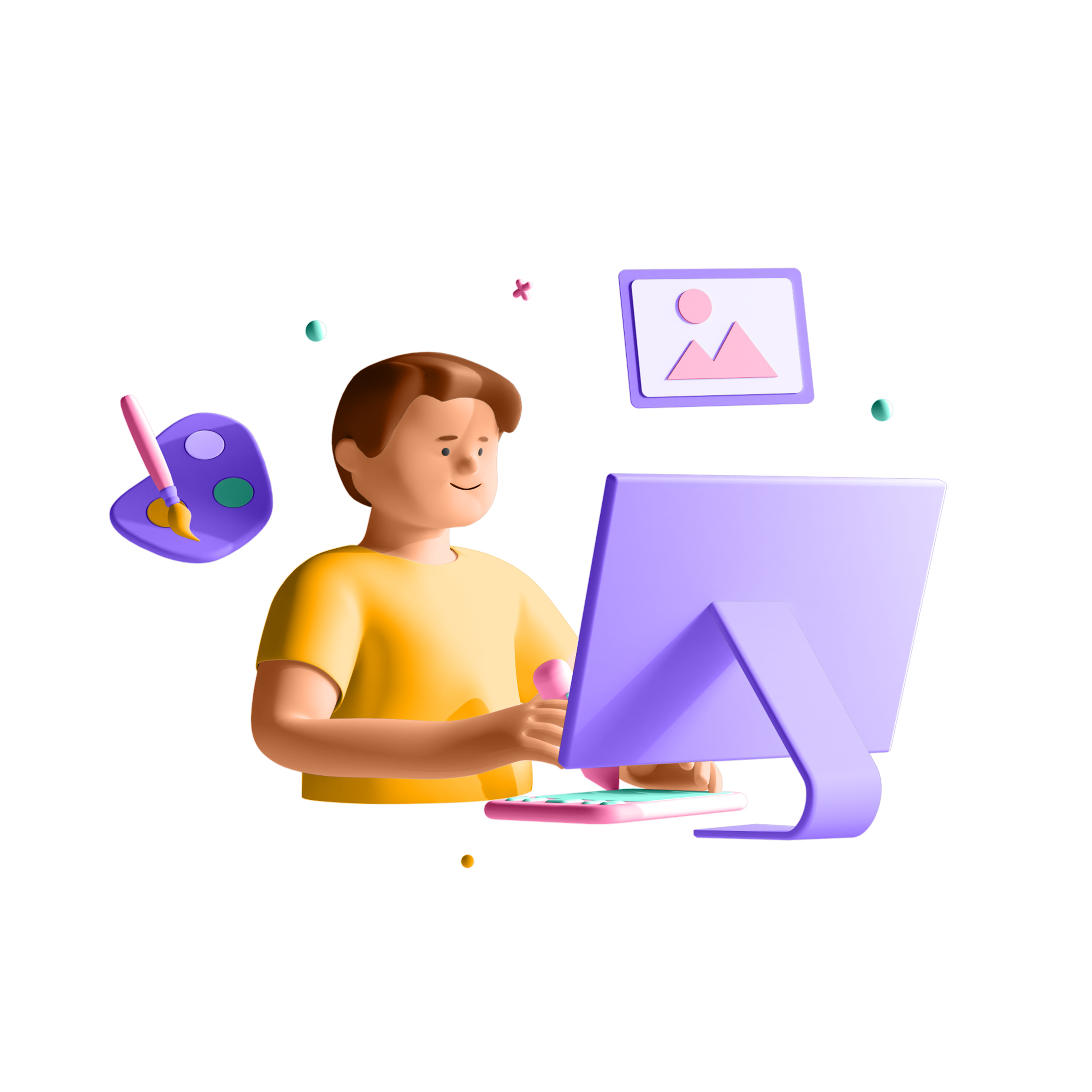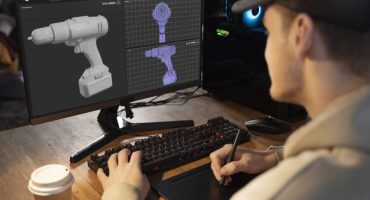
Introduction
In the dynamic world of visual storytelling, 3D animation has emerged as a powerful tool that captivates audiences and brings imaginations to life. If you’re a beginner eager to dive into the realm of 3D animation, you’re in the right place! This article will guide you through some essential techniques that will set you on the path to creating stunning animations that leave a lasting impact.
- Understanding the Basics of 3D Animation
Before embarking on your 3D animation journey, it’s crucial to grasp the fundamental concepts. 3D animation involves creating the illusion of movement within a three-dimensional space. This is achieved through the manipulation of virtual objects, characters, and environments. Familiarize yourself with key terms such as polygons, vertices, and keyframes, as they form the building blocks of your animations.
- Selecting the Right Software
Choosing the right software is pivotal to your success as a 3D animator. Opt for user-friendly software like Blender, Autodesk Maya, or Cinema 4D, which offer extensive tutorials and active communities. These tools provide a range of features, from modeling and texturing to rigging and rendering, enabling you to bring your creative visions to life.
- Mastering the Art of Character Rigging
Character rigging is the process of creating a digital skeleton for your characters, allowing them to move realistically. A well-rigged character can convey emotions and actions seamlessly. Learn how to set up bones, joints, and controls, and explore techniques like inverse kinematics (IK) and forward kinematics (FK) to create fluid movements.
- The Power of Keyframing
Keyframing is the cornerstone of animation. By placing keyframes at specific points in your timeline, you define the movement and transformation of your objects or characters over time. Start by understanding the principles of timing and spacing, easing in and out of keyframes to add a natural and appealing motion to your animations.
- Bringing Realism Through Texturing and Lighting
Texturing and lighting are instrumental in making your 3D scenes look lifelike. Experiment with different textures to give surfaces depth and detail. Utilize lighting techniques such as ambient, key, and fill lights to create mood and atmosphere. A well-textured and lit scene can elevate your animation from good to outstanding.
- Exploring Camera Techniques
Just like a cinematographer, the animator’s choice of camera angles and movement greatly influences the storytelling. Dive into camera techniques such as tracking shots, pans, and zooms to create engaging visuals. Experiment with depth of field and focal length to draw your audience’s attention to specific elements within your scene.
- Animating Physics and Simulations
Adding physics simulations can breathe life into your animations. Simulate real-world phenomena like gravity, cloth dynamics, and fluid interactions to add a layer of authenticity. Whether it’s a character’s hair blowing in the wind or objects falling with realistic physics, simulations add a touch of realism that captivates viewers.
- Iterate and Seek Feedback
As a beginner, it’s essential to embrace the iterative process of animation. Don’t be afraid to make mistakes and learn from them. Share your work with peers or online communities to receive valuable feedback. Constructive criticism can help you identify areas for improvement and refine your skills.
Conclusion
Embarking on a journey into the world of 3D animation as a beginner can be both exciting and challenging. By understanding the basics, choosing the right tools, mastering key techniques, and continuously refining your skills, you’ll be well on your way to creating captivating and visually stunning animations. Remember, patience and persistence are your greatest allies on this creative voyage. So, dive in, experiment, and let your imagination soar through the mesmerizing realm of 3D animation!


















Leave a Comment